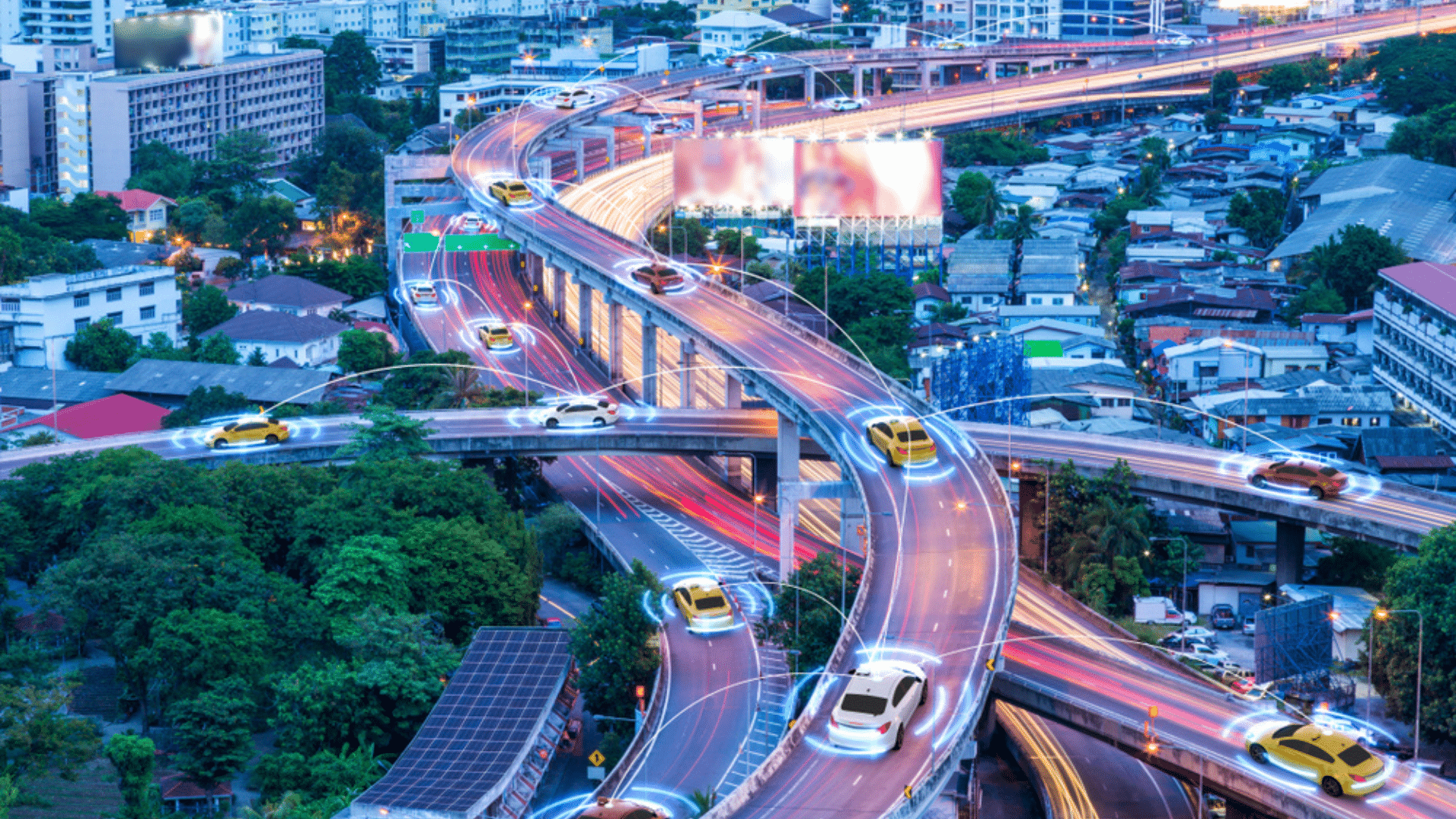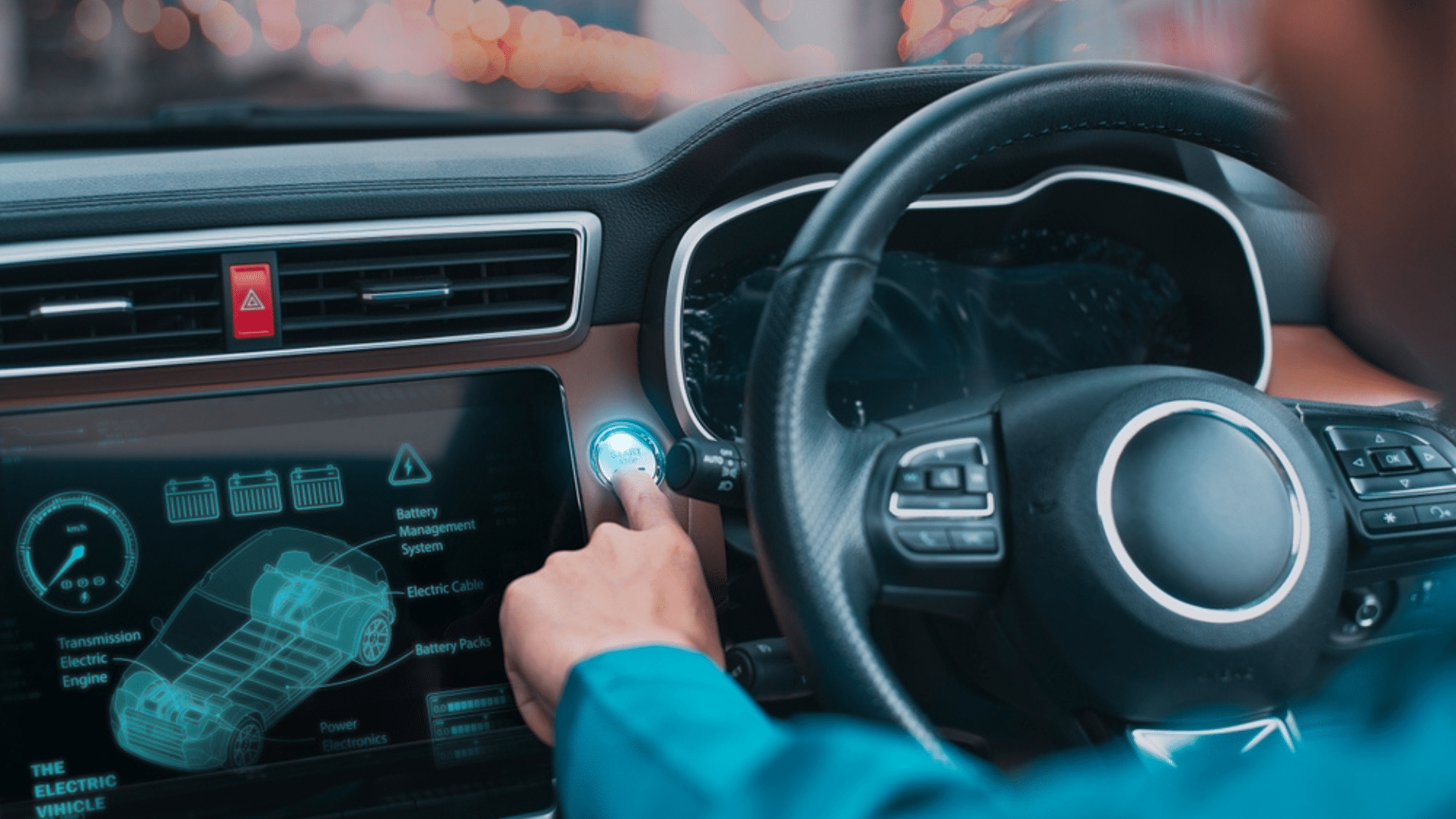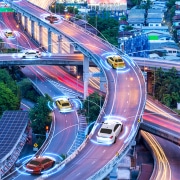Charting the Course for 5G-Enhanced Autonomous Driving

Introduction: The Synergy of 5G and Autonomous Driving
Combining 5G technology with autonomous cars transforms vehicle communication and operation. In particular, 5G autonomous driving uses exceptionally low latency and high bandwidth for real-time data transfer in challenging road situations. Modern vehicular communication technologies improve contextual awareness and safety with 5G.
This technology also offers network slicing and edge computing. It facilitates data processing and administration for massive data sets of contemporary cars. Consequently, the advances boost safety and efficiency and spur new mobility services. It helps change urban landscapes and driving habits. In a more connected and automated future, 5G is unlocking every opportunity for autonomous driving while raising vehicle performance standards.
5G’s Foundational Role in Autonomous Vehicle Technology
Key Attributes of 5G Technology for Autonomous Driving
5G technology transforms “5G autonomous driving” with more bandwidth, lower latency, and higher dependability. 5G’s bandwidth, up to 10 gigabits per second, is essential for autonomous vehicles’ real-time data processing from multiple detectors and cameras. It keeps high-definition maps updated for accurate navigation and obstacle avoidance.
Plus, 5G’s 1 millisecond latency responds to changing traffic conditions. Low latency allows cars and infrastructure to communicate for split-second collision-avoiding decisions. 5G’s 99.999% network availability provides ongoing V2X connections. It is vital for safety-critical autonomous driving uses since even fragile interruptions may cause decision-making errors.
Integration of 5G into Autonomous Vehicle Systems
Adding 5G to autonomous vehicle systems promotes sensor fusion, dynamic decision-making, and V2I interactions for better “5G autonomous driving” capabilities. 5G allows LIDAR, RADAR, camera, and ultrasonic data to be aggregated and processed for sensor fusion. It helps complex computations make educated judgments while synthesizing data to comprehend the vehicle’s surroundings. E.g., Intel and several other major industry players formed the AECC to develop new architectures to handle the expected 10 exabytes a month of connected car data and propose industry standards and best practices.
While sending synthesized sensor data to cloud-based platforms for better analysis, 5G enables dynamic decision-making with AI to boost driving tactics and route planning. Vehicles may connect with traffic lights and road sensors using 5G V2I communication. It decreases congestion and optimizes traffic flow. Adaptive traffic lights could lower the intersection idle by 30% and traffic congestion by 25%. Such technological interactions are essential for autonomous driving, rendering 5G important for future transportation networks.
Overcoming Roadblocks: Executing 5G in Autonomous Driving

Challenges in Integrating 5G into Autonomous Driving
Establishing a solid infrastructure that supports high data speeds and ultra-low latency communications over large geographic regions is a major problem in 5G autonomous driving. Small cells, which are necessary for 5G because of their shorter range and higher frequency bands, need a denser antenna network than 4G. In cities, this may require putting small cells every few hundred meters. Spectrum allotment further complicates matters.
Different locations may use different frequency bands. It fragments the development of globally compatible autonomous cars. For example, the U.S. FCC has assigned 5.9 GHz for vehicle usage, although allocations vary elsewhere. The 5G infrastructure rollout for nationwide coverage needs billions of dollars in capital expenditure, hindering adoption.
Technological and Policy Framework Advances Addressing 5G Challenges
Advances in network function virtualization, or NFV, and software-defined networking, or SDN, help solve these infrastructure issues. NFV and SDN may distribute network resources as per demand and virtualize hardware functionalities to satisfy 5G autonomous driving’s bandwidth and latency needs. International authorities are working to standardize spectrum usage policy. The ITU develops worldwide standards for 5G installations for uniformity.
Car manufacturers, technology providers, and mobile carriers collaborate to promote technical developments and regulatory and legislative frameworks for 5G autonomous vehicle adoption via the 5GAA. Collaborations help fight for favorable regulations and drive standardization to address 5G network compatibility and interoperability issues globally.
The Future Horizon of 5G-Driven Autonomous Driving
Socio-Economic Impacts of 5G-Enhanced Autonomous Driving
5G autonomous driving will disrupt urban planning, logistics, and personal transportation while altering socio-economic landscapes. For instance, 5G autonomous driving provides upgraded traffic control systems that cut congestion and pollution in cities, which renders them more sustainable. Remember, 5G-enabled real-time traffic flow monitoring may reduce commuting times via dynamic route optimization. 5G improves public transport scheduling and route management, which may increase utilization in urban mobility.
Similarly, 5G autonomous driving streamlines logistics with real-time fleet management and predictive maintenance. Autonomous haulage may save per-mile expenses by 30% or more, according to Deloitte. Moreover, 45% of poll respondents predict premiums charged on personal lines auto coverage to drop when autonomous vehicles join the market.
Future of Transportation and Role of 5G in Autonomous Vehicle Technologies
5G will shape transportation and drive autonomous car technology. Expanding 5G networks boost data speed and minimize latency, which helps scale autonomous vehicle deployments from testing to wider usage. The ultra-reliable low-latency communication of 5G is needed for V2X interactions, where milliseconds avoid collisions and enable smooth traffic flow. Small cells, low-powered cellular radio access nodes, operate in licensed and unlicensed spectrum from 10 meters to several kilometers.
5G autonomous driving may spur automated public transit and delivery services. It lowers commercial fleet driver needs. Companies’ 5G-powered AI analytics for real-time vehicle diagnostics and traffic forecasts reflect this field’s continual innovation. As 5G technology advances, its integration with autonomous driving shall enhance vehicle performance and safety and also strengthen transportation industry economics and technology.
To see how our 5G and autonomous driving expertise is advancing transportation, click here.





